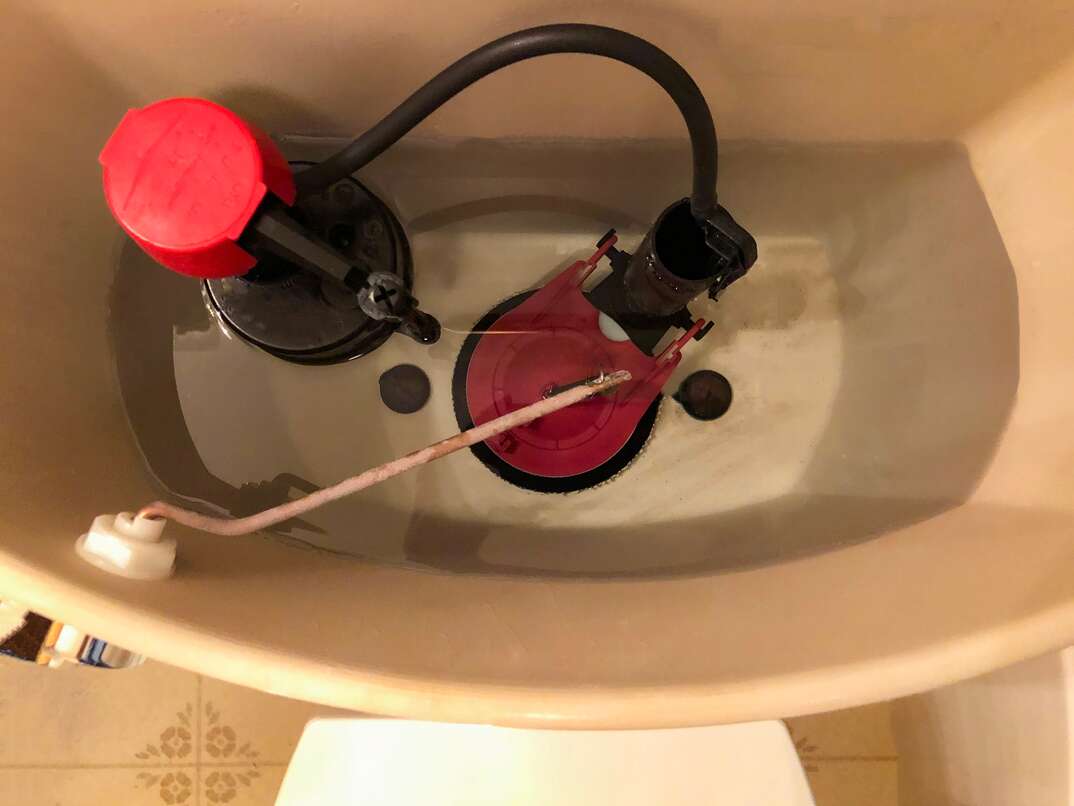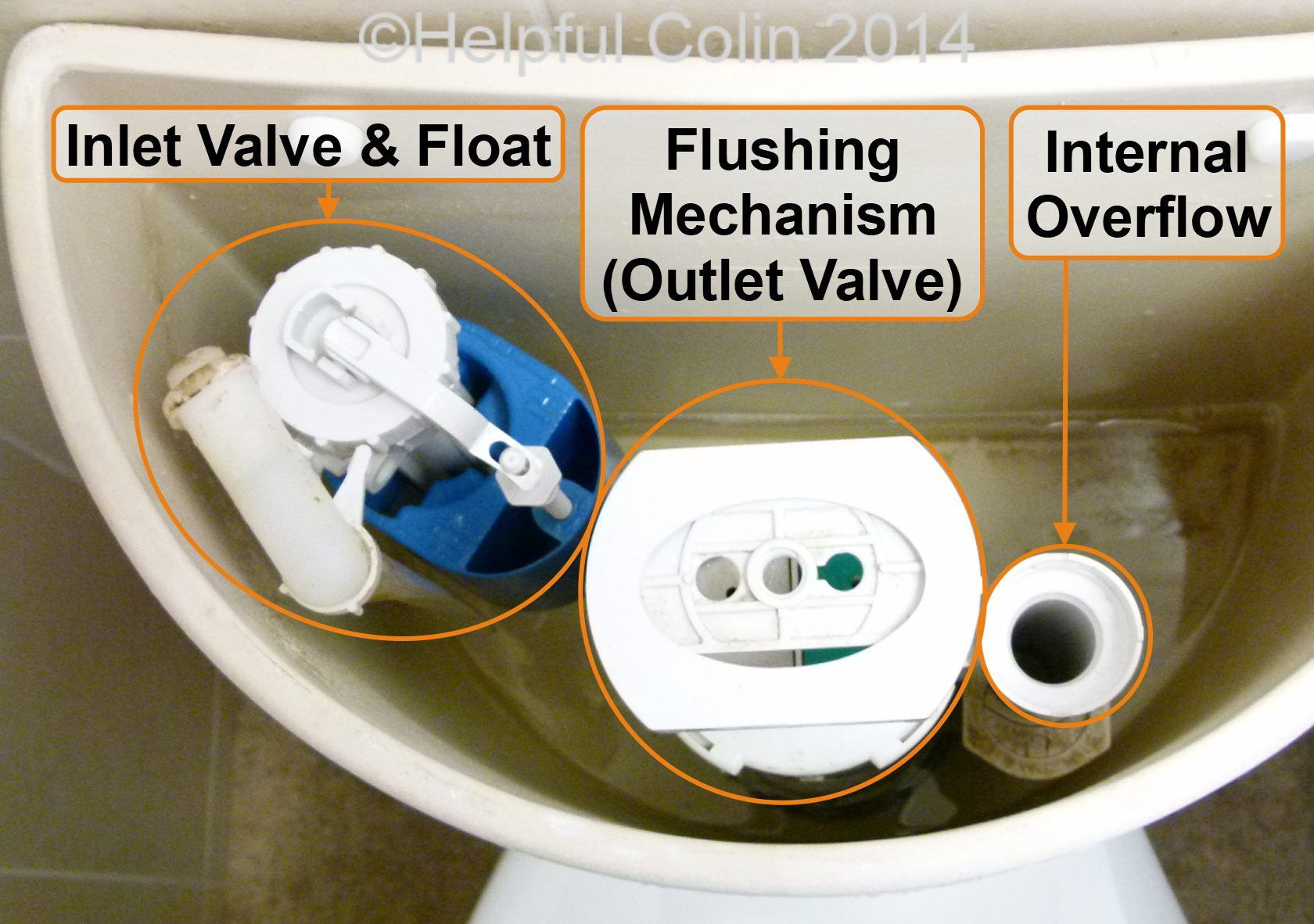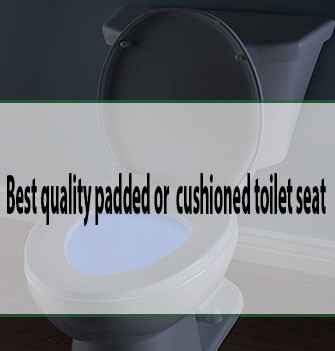Imagine starting your day, heading to the bathroom, only to find your toilet won’t stop running or, worse, won’t fill at all. It’s a small part of your home, yet its failure can cause a major inconvenience.
When your toilet fill valve fails, it can disrupt your entire routine, leading to water wastage, higher bills, and unnecessary stress. But what exactly happens when this crucial component goes awry? We’re diving into the nitty-gritty of toilet fill valve failures—what causes them, the signs you should watch for, and the easy fixes you can try before calling a plumber.
Understanding these small but significant details can save you time, money, and a lot of frustration. Stick with us, and by the end, you’ll feel more in control and prepared to handle any fill valve fiasco that comes your way. Ready to become a plumbing pro in your own home? Let’s get started!
Table of Contents
Identifying A Faulty Fill Valve
Water keeps running. Toilet never stops filling. That’s a sign. Another clue is the sound of hissing. This noise means water is escaping. Sometimes, you see water leaking on the floor. That’s a big clue. The water level in the tank may be too low. Or maybe it’s too high. Both are bad signs. The tank should fill to a certain level. If not, there’s a problem. You might notice the toilet flushing slowly. That’s unusual. A working valve fills quickly. These signs mean the fill valve might be broken.
Start by turning off the water supply. Check the valve inside the tank. Look for any damage or wear. Make sure the float is set correctly. Adjust it if needed. Ensure the refill tube is above the overflow pipe. If it’s below, fix it. Listen for any strange noises. Hissing means trouble. Feel for leaks around the valve. Wet spots are a bad sign. If these steps don’t help, the fill valve might need replacing. Sometimes, it’s easier to get a new one.

Credit: www.homeserve.com
Consequences Of A Malfunctioning Fill Valve
A failing toilet fill valve leads to constant water running, increasing your water bill. Leaks may damage flooring, causing costly repairs. Poor flushing can result in unpleasant odors and clogged pipes.
Water Waste And Increased Bills
A broken fill valve can cause constant water flow. This leads to water waste. Your water bill might become high. Every drop wasted costs money.
Potential Water Damage
Leaky toilets can cause water damage. Floors might get wet. This can harm your bathroom. Wet floors can become slippery. Mold can also grow.
Impact On Toilet Performance
A faulty valve affects toilet flushing. It can cause weak flushes. Toilets might not flush properly. This can lead to clogs. Proper flushing is important.
Reasons For Fill Valve Failure
Toilet parts work hard every day. Fill valves are no different. Over time, plastic parts can crack. Rubber seals might lose their grip. Old valves might leak or make noise. Sometimes, they stop working altogether. Regular checks can catch problems early. Replace worn parts when needed.
Water can carry tiny sand and dirt particles. These particles settle in the valve. Buildup can block water flow. It might make the valve noisy. Or it can cause leaks. Cleaning the valve can help. Use a simple brush or cloth. Keep the water clean to avoid buildup.
Sometimes, a valve is faulty from the start. It might have a weak seal or a crack. Defects can lead to early failure. If a new valve fails, check for defects. Always get quality products from trusted stores. This helps ensure fewer problems.
Temporary Solutions
The toilet fill valve can be adjusted to stop leaks. First, locate the fill valve in the tank. Then, turn the adjustment screw to change water level. Lower the water level to avoid overflows. A lower level saves water and money. It also prevents constant running. Make sure the valve is not too tight. A tight valve can cause problems. Fix it gently and check for leaks again.
Blockages in the fill valve can cause trouble. Dirt and debris can block water flow. Clean the valve to solve the issue. Turn off the water supply first. Remove the valve cap. Use a brush to clean the valve. Ensure all dirt is removed. Check if water flows smoothly. If blockages persist, consider replacing the valve. A clear valve helps the toilet function properly.
Permanent Fixes
A broken fill valve can cause many problems. Toilets might not fill properly. This can lead to water waste. Sometimes, the toilet might not flush well. Fixing it can save water and money.
Picking the right valve is important. Make sure it fits your toilet model. Check the size and type. Some toilets need special valves. Buy a quality valve for long-lasting results. This ensures better performance.
Preventing Future Failures
A faulty toilet fill valve can lead to constant water running. This wastes water and increases utility bills. Fixing it promptly prevents leaks and reduces repair costs, ensuring efficient toilet operation.
Regular Maintenance Tips
Keep the toilet fill valve clean. Dirt can cause problems. Check for leaks often. Leaks waste water and increase bills. Tighten loose parts to avoid noise. Use a soft cloth for cleaning. Avoid strong chemicals. They harm the valve.
Replace worn-out parts quickly. Don’t wait for a big problem. Regular checks help find issues early. Small fixes save money.
Quality Checks And Upgrades
High-quality parts last longer. Choose branded parts for better performance. Cheap parts fail quickly. Inspect parts every year. Look for cracks or breaks. Upgrade old parts with new designs. New designs work better.
Professional help is good for tough repairs. Experts fix problems fast. They also give advice on upgrades. Following these tips keeps the toilet working well.
Professional Help
Toilet fill valve failure can cause continuous water running and increased water bills. It may lead to inefficient flushing and potential water damage. Professional help ensures a quick fix, preventing further plumbing issues.
When To Call A Plumber
If the toilet won’t stop running, it’s time to call. Strange noises from the tank could mean trouble. Water leaking onto the floor is a big sign. Sometimes, the handle won’t work right. If you see these problems, call a plumber. Fixing it fast can save money. Plumbers know how to fix fill valves. They have the right tools and skills. They can stop leaks quickly. This keeps your home safe and dry.
What To Expect From A Service Call
The plumber will check your toilet first. They find what’s wrong. Then, they fix the problem. Plumbers bring tools to fix the fill valve. They might replace parts if needed. The job usually takes less than an hour. You can ask questions if you want. Plumbers explain what they are doing. This helps you learn about your toilet. A quick fix can prevent bigger issues later.

Credit: helpfulcolin.com

Credit: helpfulcolin.com
Frequently Asked Questions
How Can I Identify A Failing Toilet Fill Valve?
A failing fill valve may cause constant water running, slow refilling, or unusual noises. It’s important to check for leaks or water wastage. Regular inspections can help identify these issues early, preventing further damage and high water bills.
What Are Common Symptoms Of A Bad Fill Valve?
Common symptoms include continuous water flow, slow tank refilling, or strange noises. These indicate problems with the fill valve. Inspecting the valve and surrounding components can help confirm issues and allow for timely repairs or replacements.
How Does A Faulty Fill Valve Affect Water Usage?
A faulty fill valve leads to excessive water wastage, increasing utility bills. It may cause the toilet to run constantly. Addressing valve issues promptly can conserve water, reduce expenses, and prevent further plumbing problems.
Can A Fill Valve Failure Cause Toilet Overflow?
Yes, a faulty fill valve can lead to toilet overflow. It causes improper water regulation, leading to excessive water in the tank. Regular maintenance and timely repairs are essential to prevent overflow and potential water damage.
Conclusion
A failing toilet fill valve can cause many issues. Water leaks, higher bills, and noise are common problems. Fixing it early saves money and stress. Regular checks and maintenance help prevent failures. Listen for unusual sounds. Watch for water running continuously.
These are signs of trouble. Act quickly if you notice these signs. Simple repairs can prevent bigger issues. Keep your toilet in good shape. It ensures a smooth, trouble-free bathroom experience. Remember, a little attention goes a long way. Always prioritize timely repairs for peace of mind.






